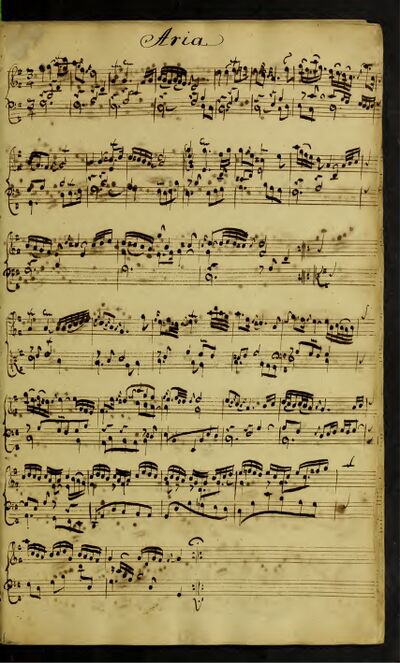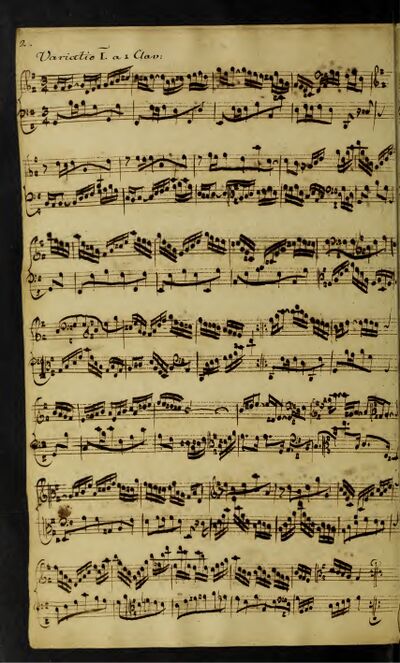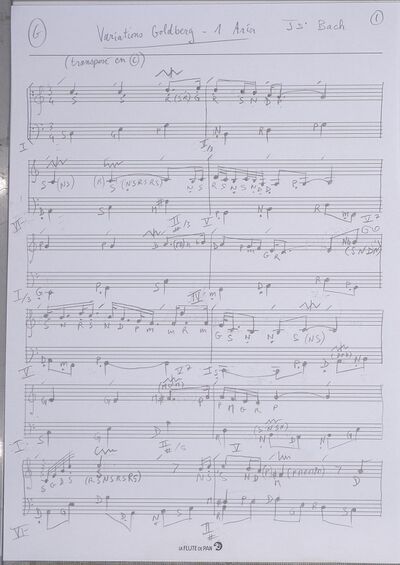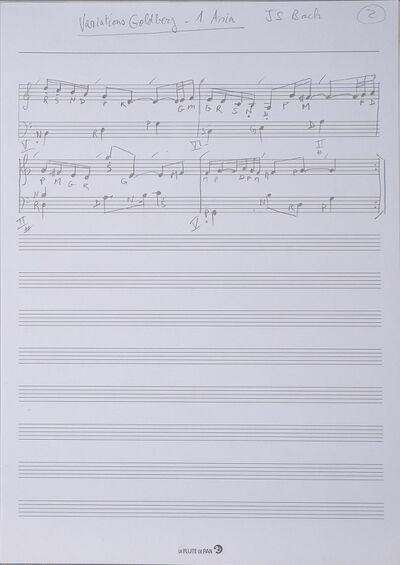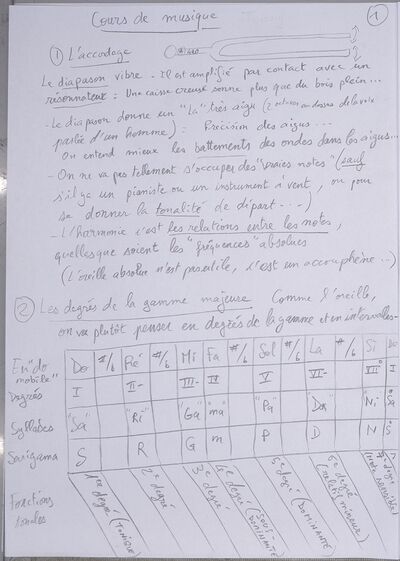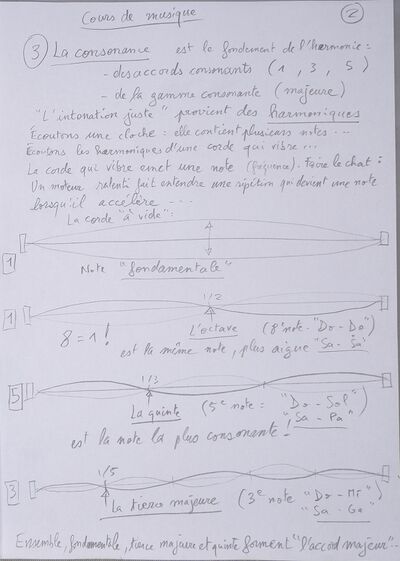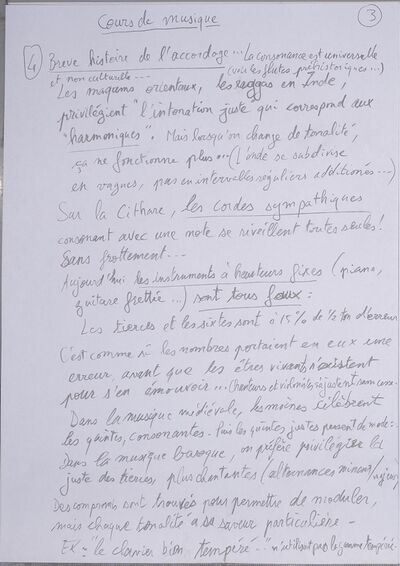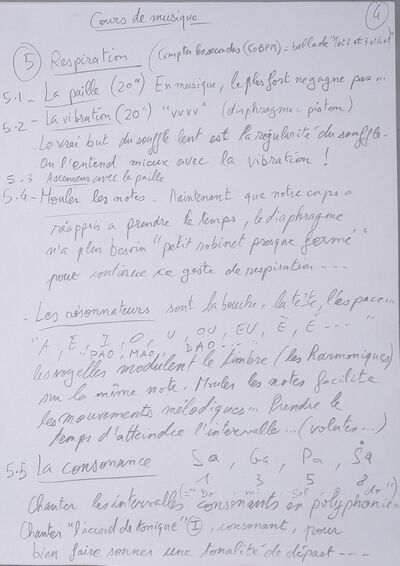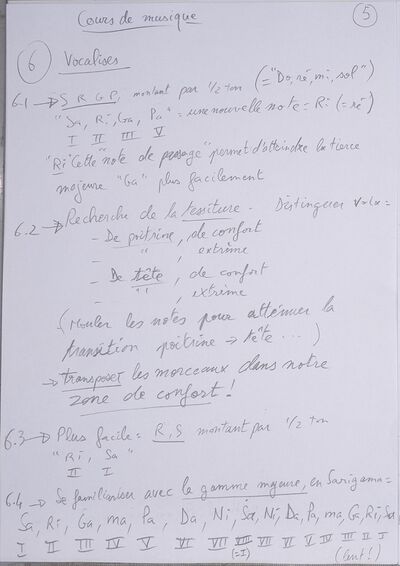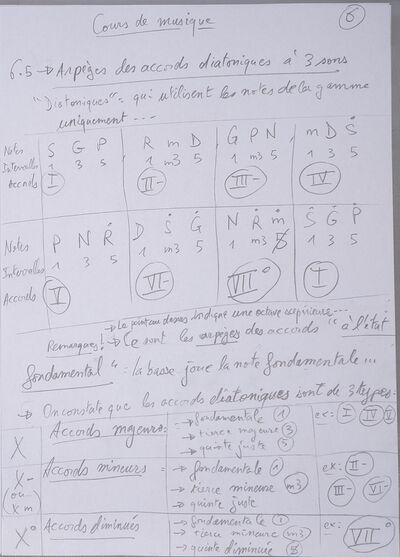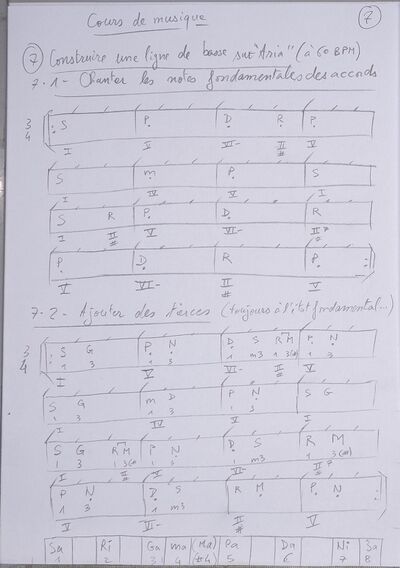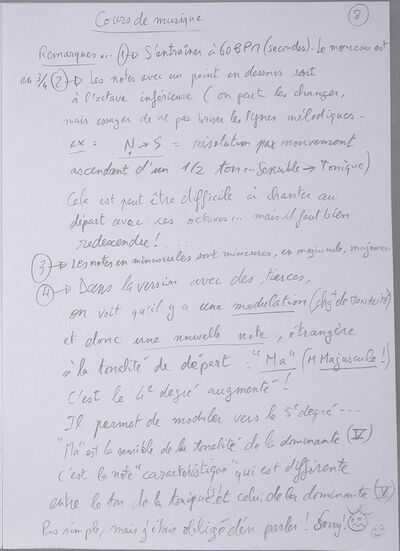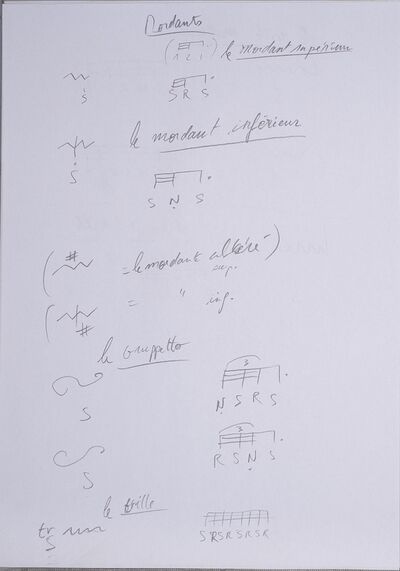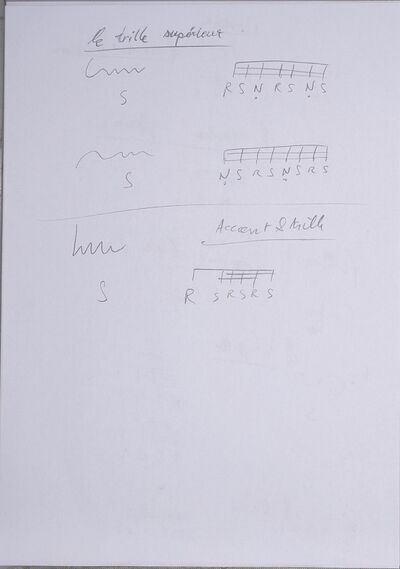Cours musique Jenny
Bach - Variations Goldberg : Aria
Différentes versions
Manuscrit originale
histoire
https://www.musicologie.org/publirem/rusquet_les_variations_goldberg.html
Cours de musique
Partition - Variations Goldberg - 1 Aria
J1 - cours du 07/10/2025
Accordage
Les degrés de la gamme majeure
La consonance
Brève histoire de l'accordage
Respiration
La paille
La vibration
Ascenseur
Mouler les notes
Les résonateurs
La consonance
Vocalises
SRGP
Tessiture
RS
La gamme majeures en Sarigama
Arpèges des accords diatoniques à 3 sons
Identifier les 3 types d'accords
Construire une ligne de basse sur Aria
1 - chanter les notes fondamentales des accords
2 - ajouter des tierces
Remarques
Ornementations
Sarigama
https://fr.wikipedia.org/wiki/Svara
https://www.collegeofsoundhealing.co.uk/download.php?file=indian_scale_origins.pdf
Origins of the Indian Scale – Saptak
Saptak means "gamut" or "the series of seven notes". It denotes the set of swaras, Sa, Re, Ga,
Ma, Pa, Dha, Ni which comprise a musical scale in Indian classical music. In Sanskrit, saptak
literally means "containing seven" and is derived from the Sanskrit word sapta which means
"seven".
Indian classical music has seven basic notes, Sa Re Ga Ma Pa Dha Ni, with five interspersed
half-notes, resulting in a 12-note scale.
Svara
Sadja Sa Cry of the peacock
Rishabha Re Lowing of the bull
Gaandhaara Ga Bleating of a goat
Madhyama Ma Call of the heron
Panchama Pa Call of the cuckoo
Dhaivata Dha Neighing of the horse
Nishaada Ni Trumpeting of the elephant
